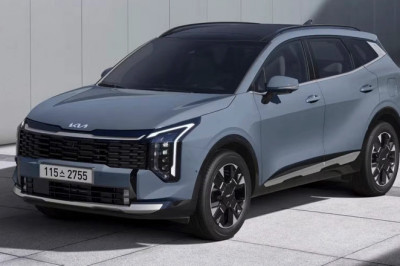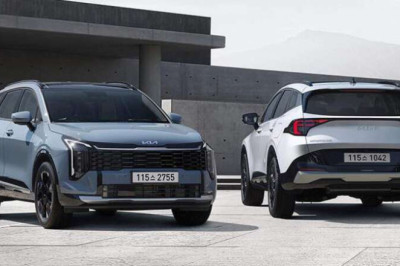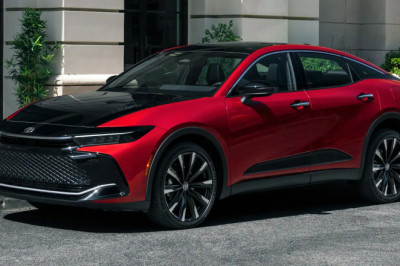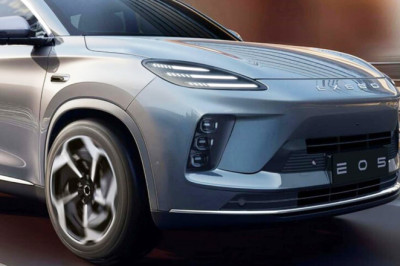
Financial Performance and Profitability
-
Lexus is part of Toyota Motor Corporation’s overall FY2025 results, with the combined Toyota and Lexus vehicle sales reaching approximately 10.27 million units globally, slightly down by 0.3% year-over-year due to supply constraints
-
Toyota and Lexus combined operating income for FY2025 was ¥4.8 trillion JPY (~$35 billion USD), reflecting strong profitability despite headwinds
-
The proportion of electrified vehicles in the Toyota and Lexus lineup increased notably to 46.2%, driven by hybrid models
-
Lexus’s contribution to Toyota’s luxury and electrified segments remains significant with strong margin performance and premium pricing strategies
-
The brand benefits from Toyota’s cost control, production efficiency, and enhanced region-specific product development strategies
Vehicle Sales and Production
-
Lexus global retail sales remained robust, supported by strong demand for electrified models and new product launches
-
Key markets include the United States, Japan, China, and Europe, with the U.S. continuing to be Lexus’s largest single market
-
Electrified Lexus vehicles, including hybrid and plug-in hybrid models, contributed significantly to sales growth and market share gains
-
Production focus has been on expanding availability of new SUV and sedan models with enhanced luxury and technology features
Regional and Global Sales Performance
| Region | Highlights |
|---|---|
| United States | Strong retail sales, Lexus remained a top contender among luxury brands in Q2 2025 |
| Japan | Stable demand with growing electrified vehicle sales |
| China | Moderate growth despite competitive luxury segment dynamics |
| Europe | Continued expansion of electrified model sales |
| Other Regions | Mixed results; ongoing development of dealer networks and service capabilities |
Profitability and Cost Factors
-
Lexus maintains strong profitability supported by premium pricing, brand strength, and product differentiation
-
Growth in electrified models improves margins through higher value offerings
-
Production and supply chain efficiencies under Toyota Production System (TPS) contribute to cost management
-
Currency fluctuations and supply constraints remain challenges but are effectively mitigated
Debt and Liquidity
-
Lexus’s financial performance is integrated within Toyota’s strong balance sheet with ample liquidity to fund ongoing investments in electrification and technology
-
Capital expenditures focus on next-generation vehicle platforms, battery technology, and global production capacity expansion
Best Selling Models: Overview and Highlights
| Model | Highlights |
|---|---|
| Lexus RX | Best-selling luxury SUV, with hybrid variants |
| Lexus NX | Popular compact SUV with strong electrified sales |
| Lexus ES | Premium sedan with hybrid options, steady demand |
| Lexus LC | Luxury flagship coupe with hybrid powertrain |
Weakest Performers and Segment Challenges
-
Some legacy internal combustion engine (ICE) models are gradually phased out in favor of electrified variants
-
Competitive pressures in Europe and China require continuous innovation and localization
-
Supply chain volatility and global economic uncertainties impact short-term volume growth
Key Financial and Operational Metrics
| Metric | FY 2025 Value / Trend | Notes |
|---|---|---|
| Toyota & Lexus Vehicle Sales | Approximately 10.27 million units, slight decline (~0.3%) | Reflects supply constraints |
| Operating Income (Toyota+Lexus) | ¥4.8 trillion JPY (~$35 billion USD) | Strong overall profitability |
| Electrified Vehicle Share | 46.2% of total Toyota and Lexus sales | Significant increase driven mainly by hybrids |
| U.S. Lexus Sales | Strong luxury segment sales, maintaining top rankings | Leading position in premium SUV and sedan market |
| Production Volume | Focus on electrified SUVs and sedans | Expanded model availability and supply focus |
Industry Outlook and Strategic Focus
-
Lexus accelerates electrification with expanded hybrid, plug-in hybrid, and planned battery electric vehicle (BEV) introductions
-
Continuing premium brand positioning through technology, design, and customer experience enhancements
-
Geographic market expansions, with focus on emerging regions and service infrastructure development
-
Leveraging Toyota’s global production system to improve cost efficiency and supply chain resilience
Summary
Lexus upheld its position as a leading luxury brand in 2025 by delivering steady sales, expanding its electrified vehicle lineup, and capitalizing on Toyota’s operational strengths. Despite minor supply challenges and competitive pressures, Lexus demonstrated solid profitability and market presence, particularly in the U.S. and Asia. Continued investments in electrification, premium product offerings, and global market development position Lexus for sustained growth amid the evolving luxury automotive landscape.
Sources
-
Toyota Motor Corporation FY2025 Financial Results and Presentationglobal+1
-
Lexus U.S. Sales and Financial Reports Q2 2025pressroom.lexus+1
-
Lexus official website and promotional materialslexus+1














